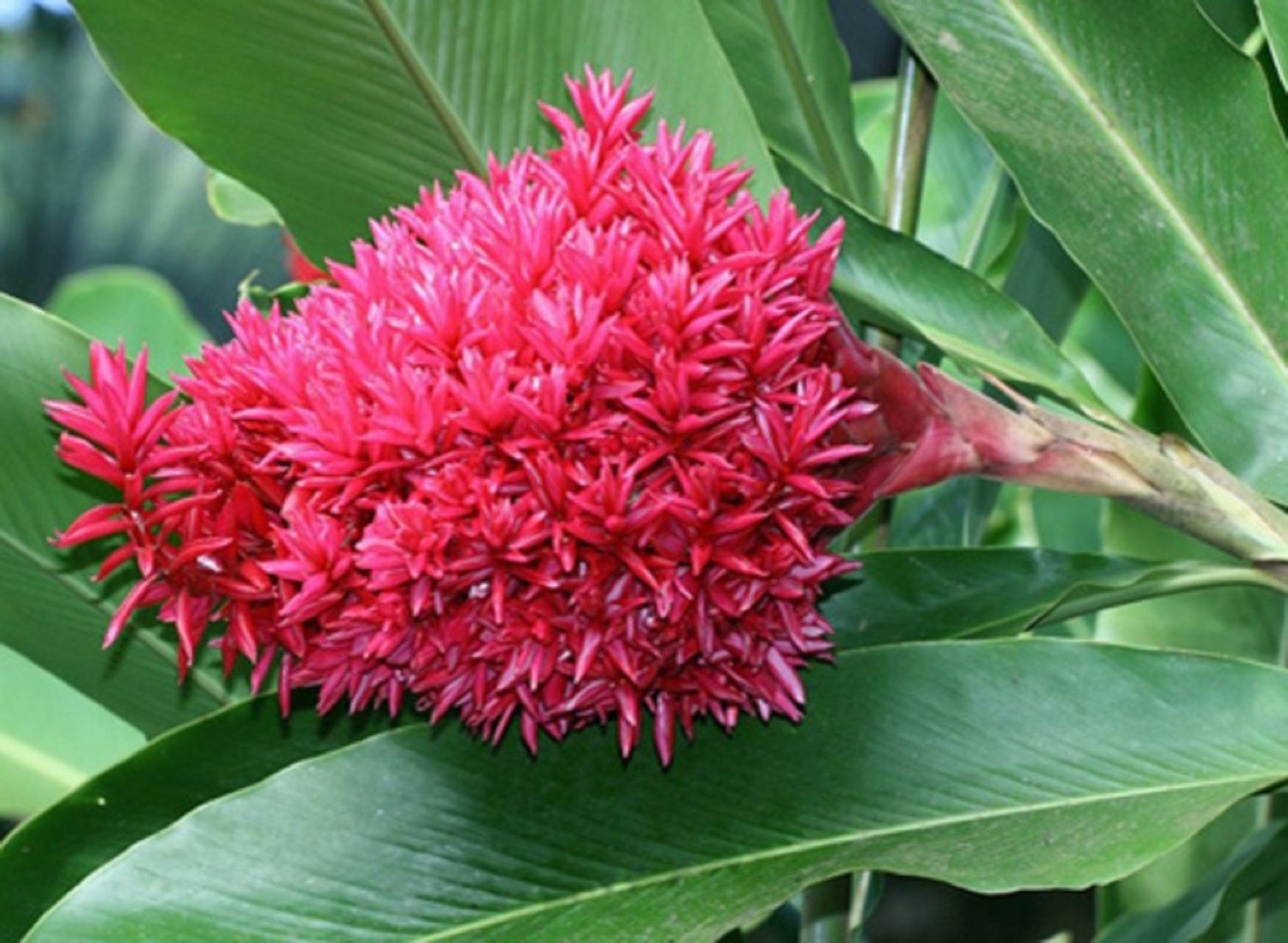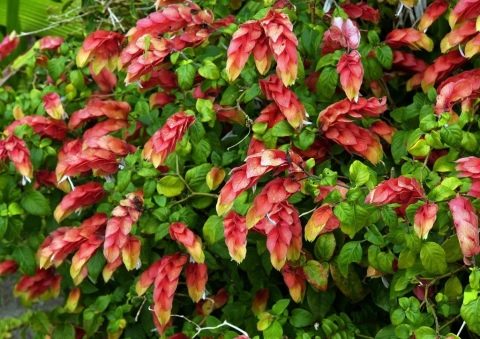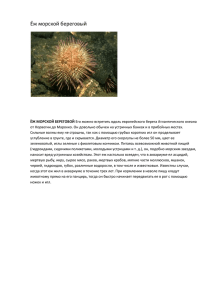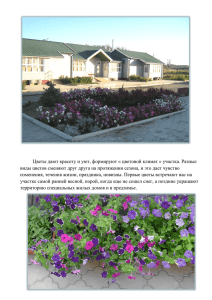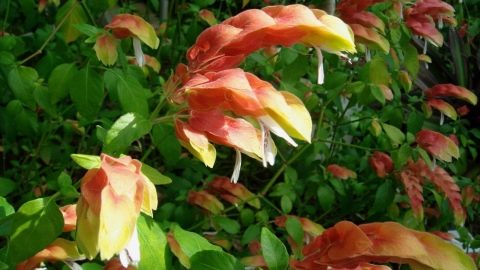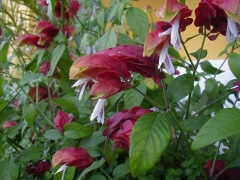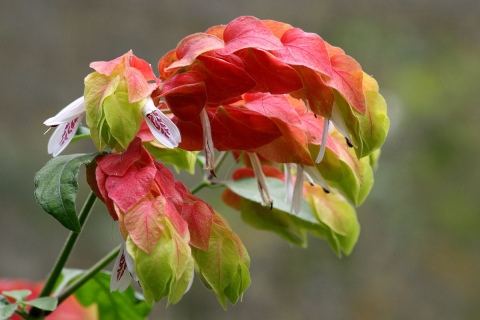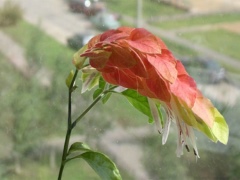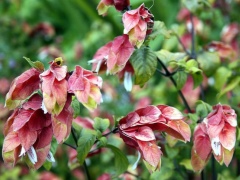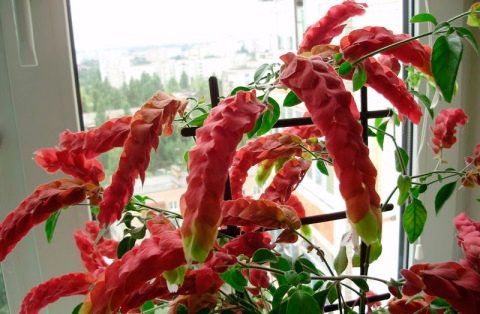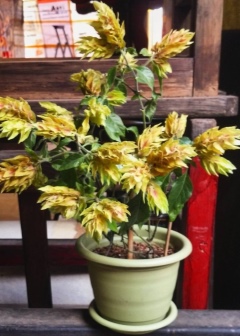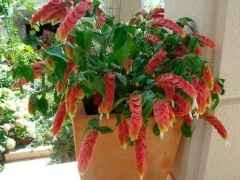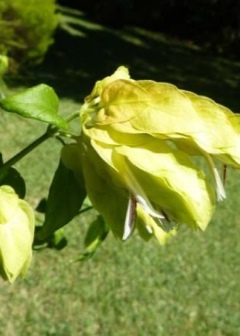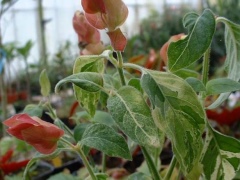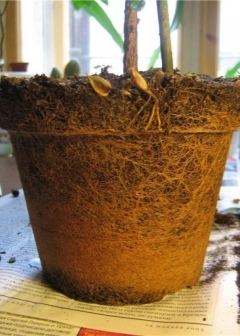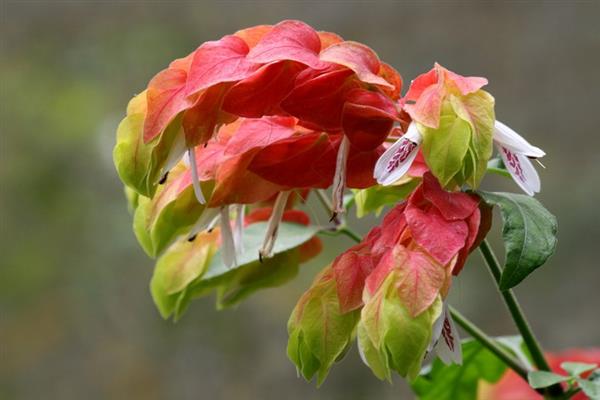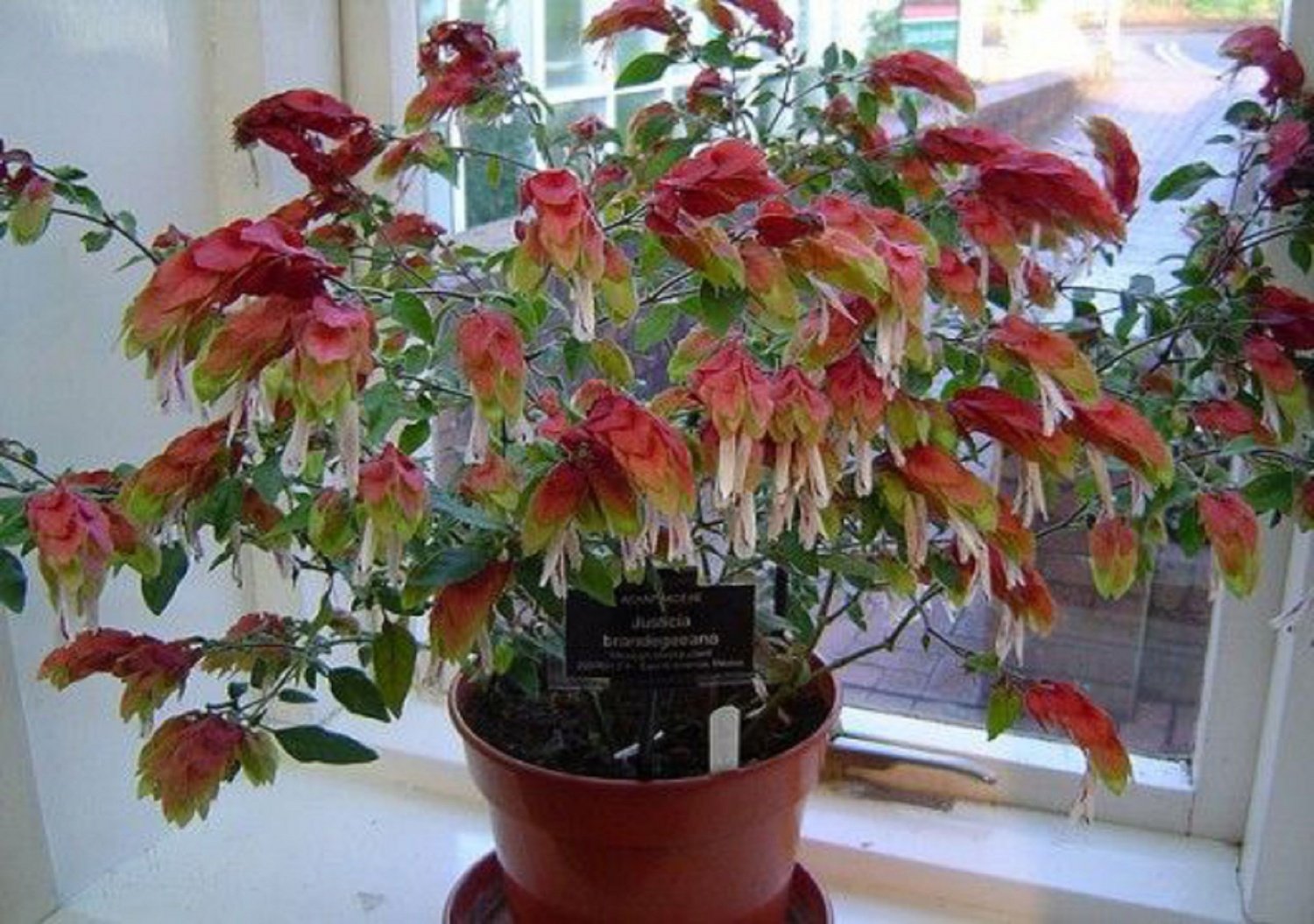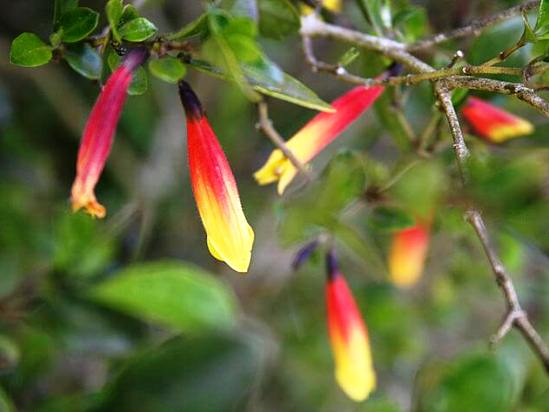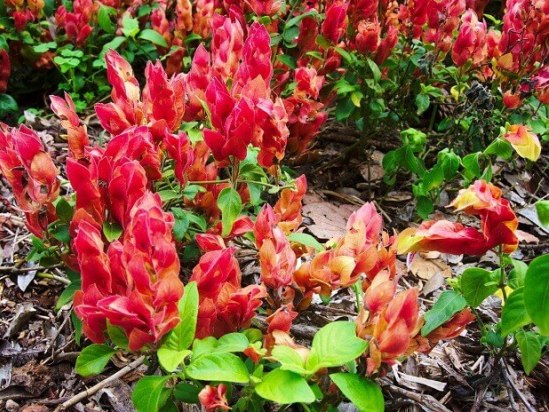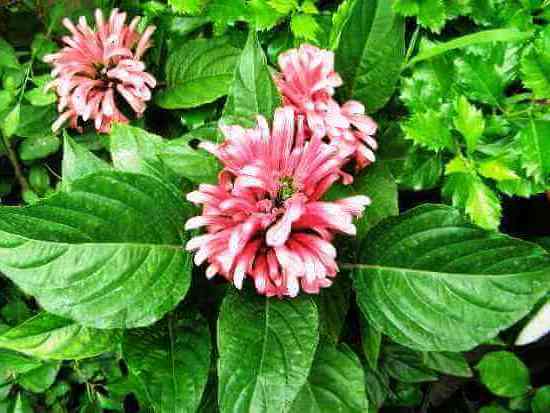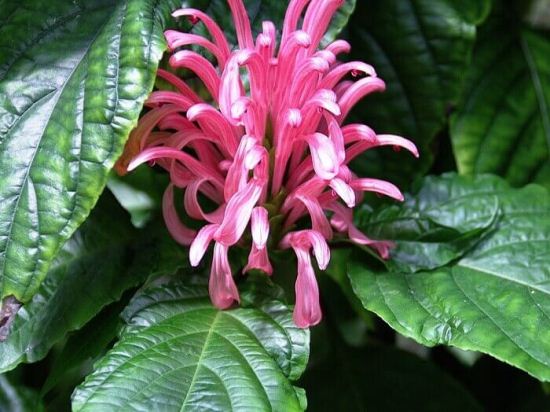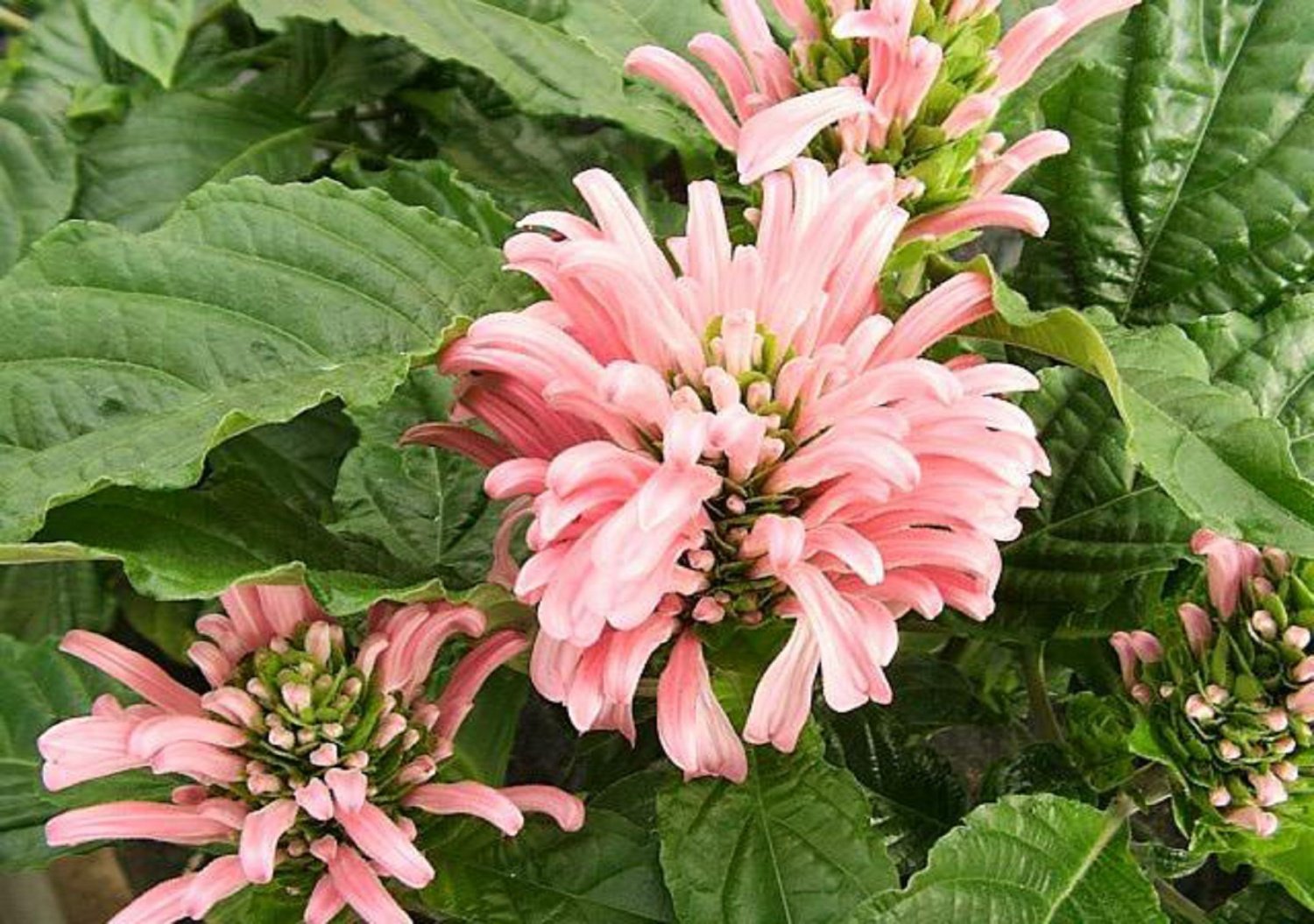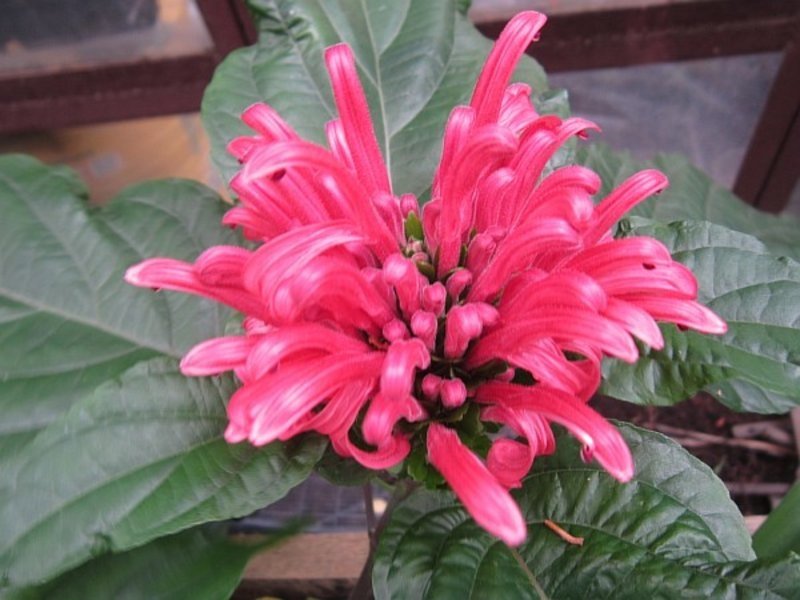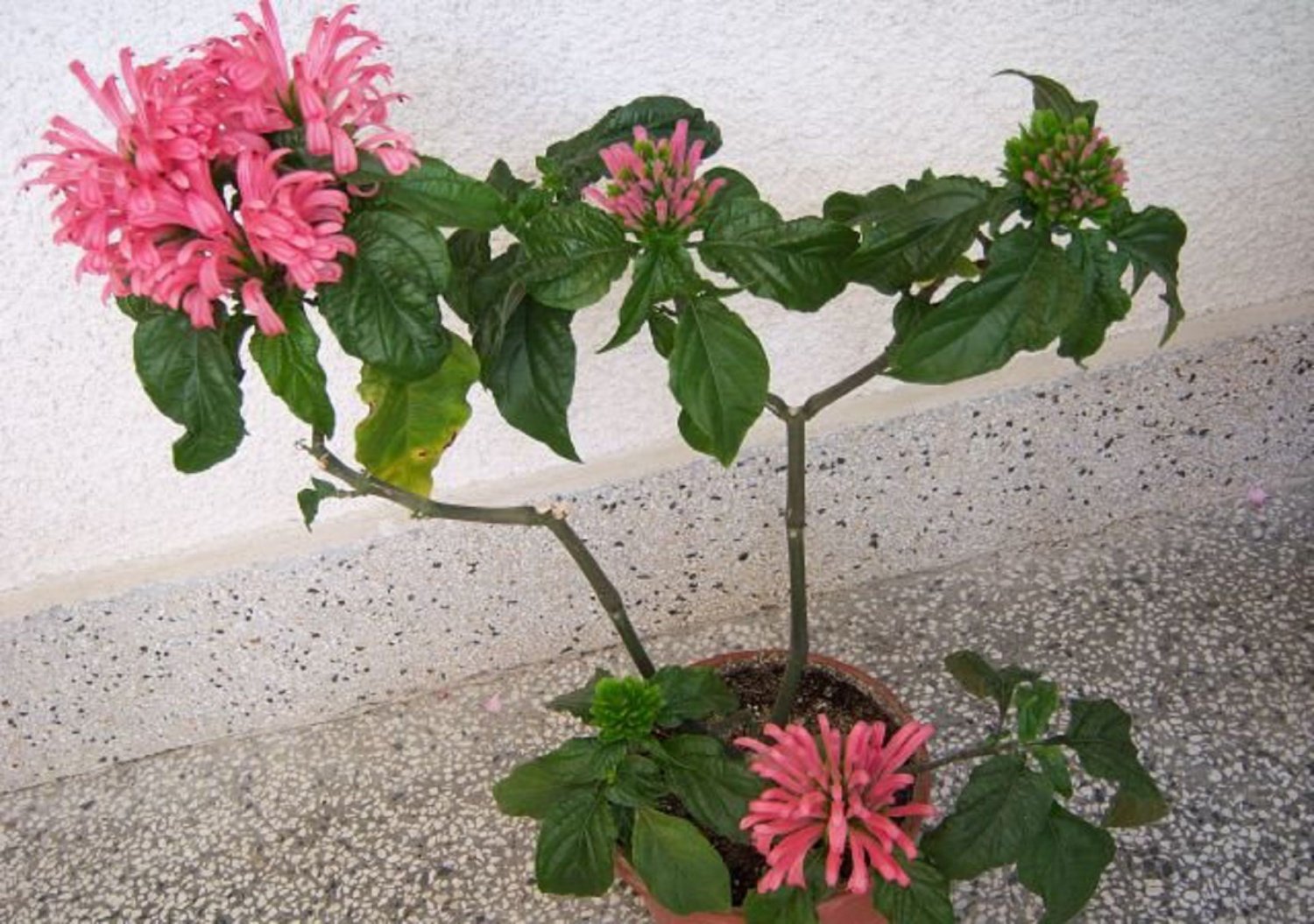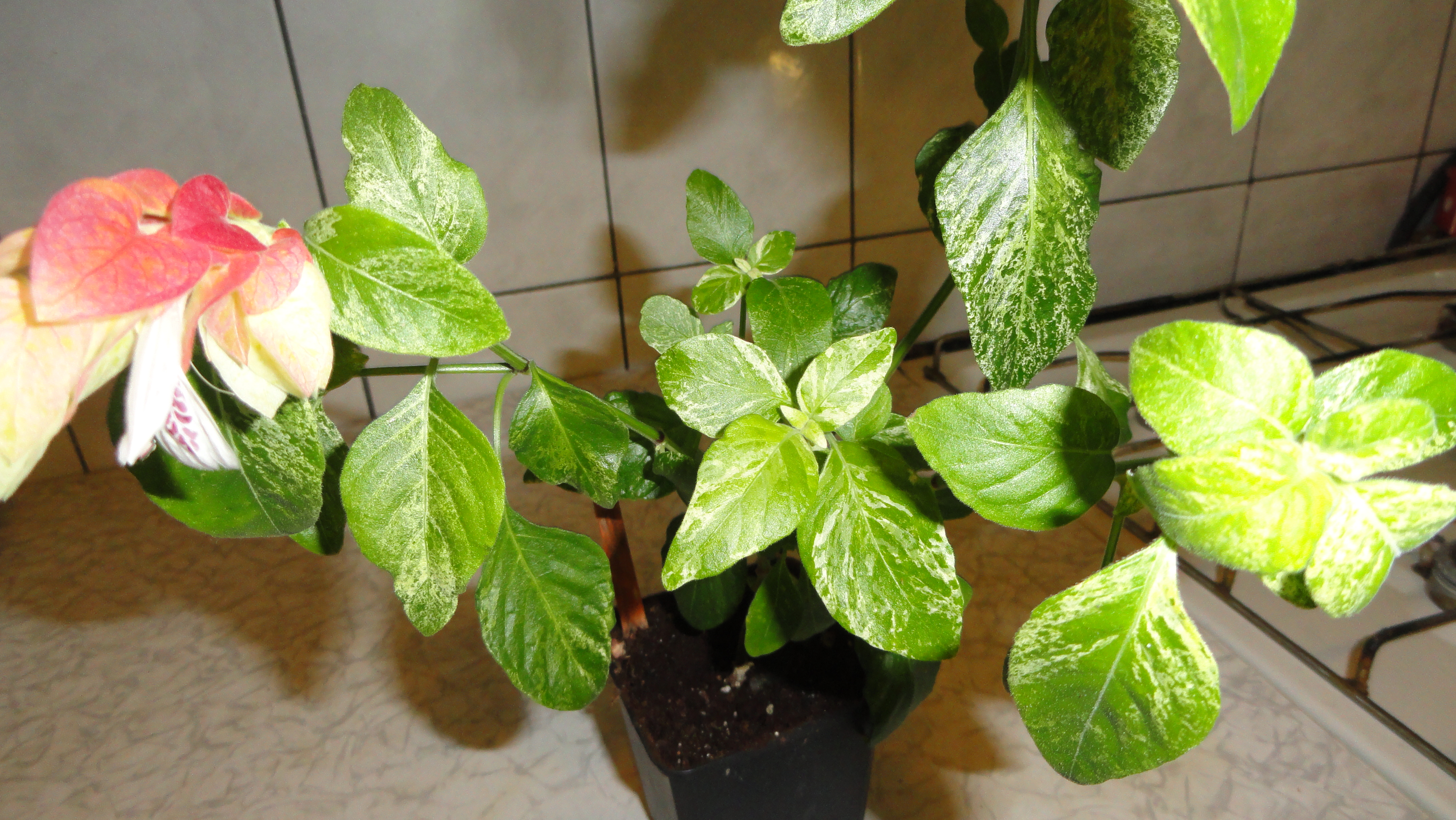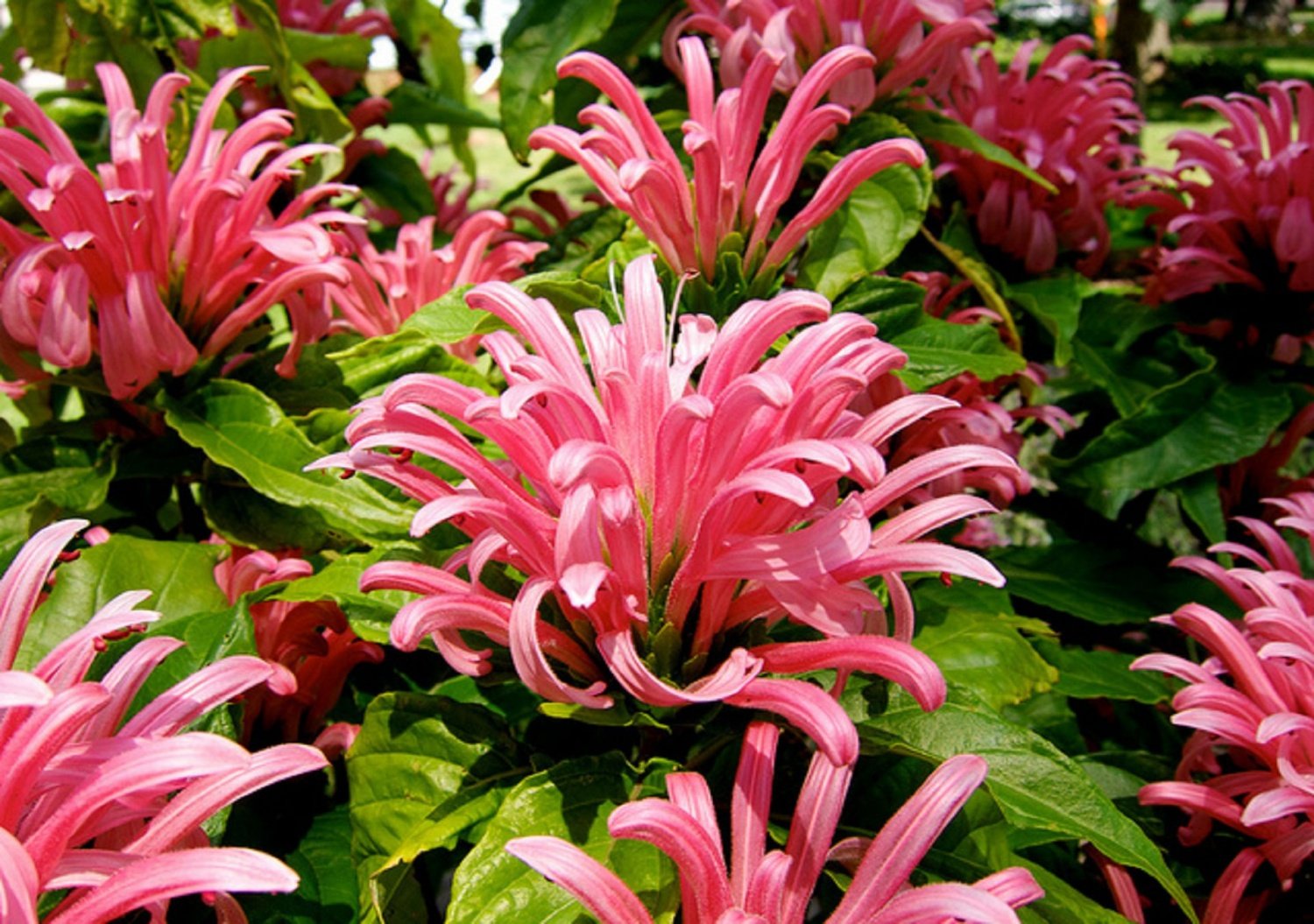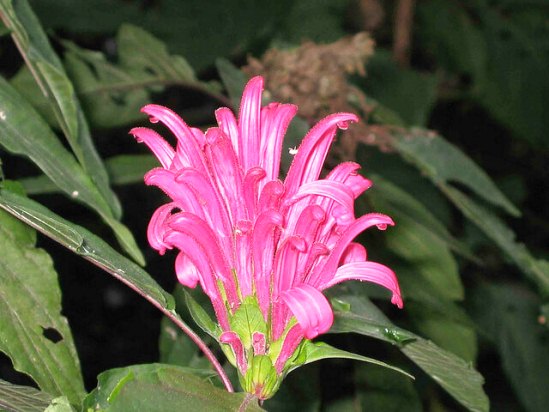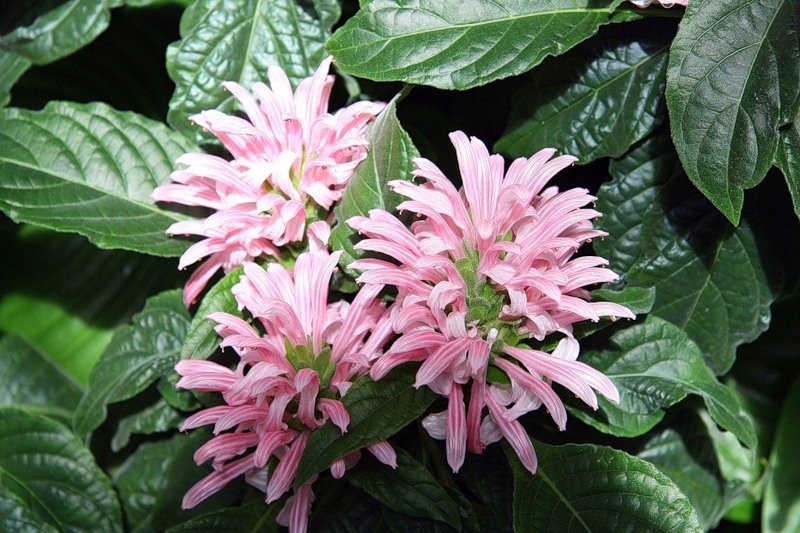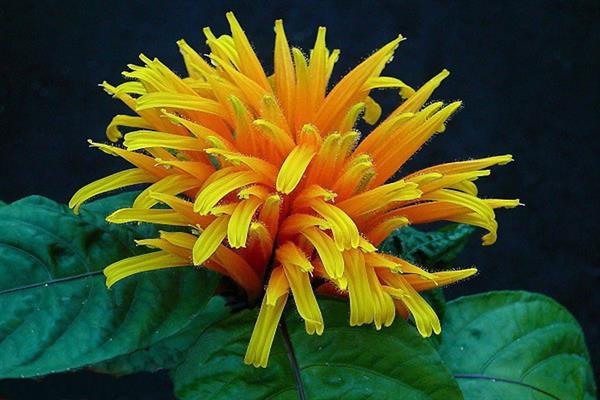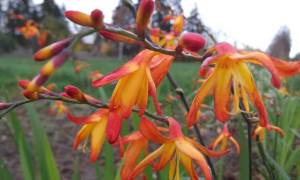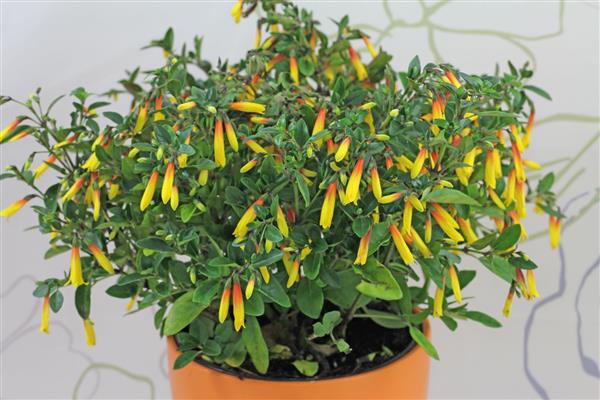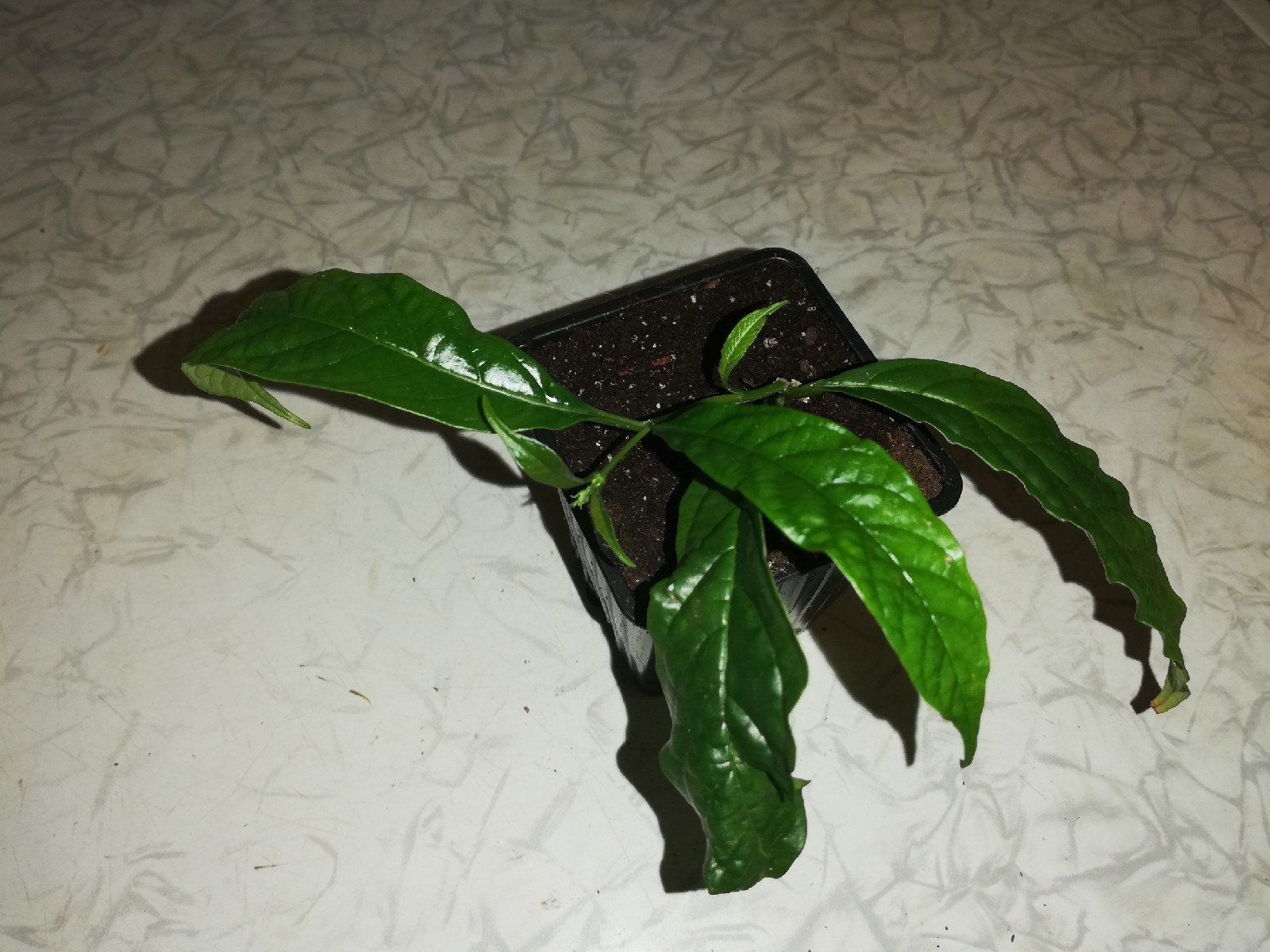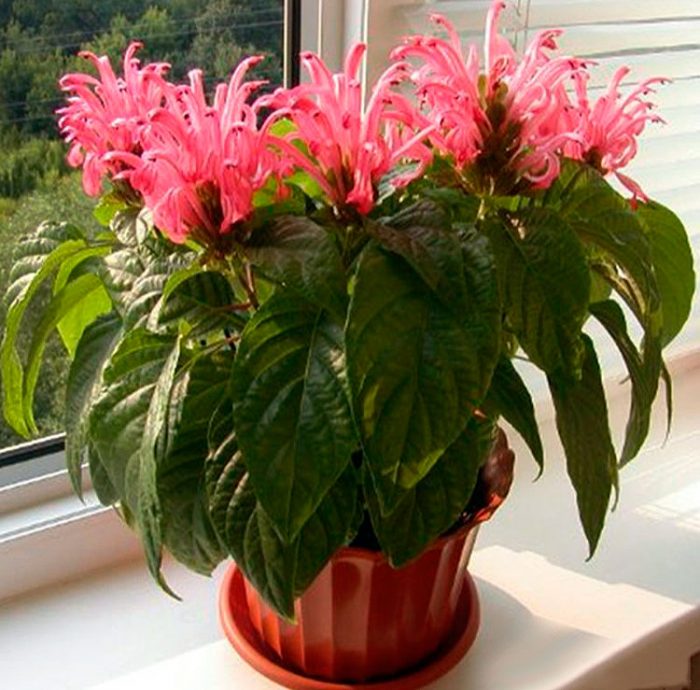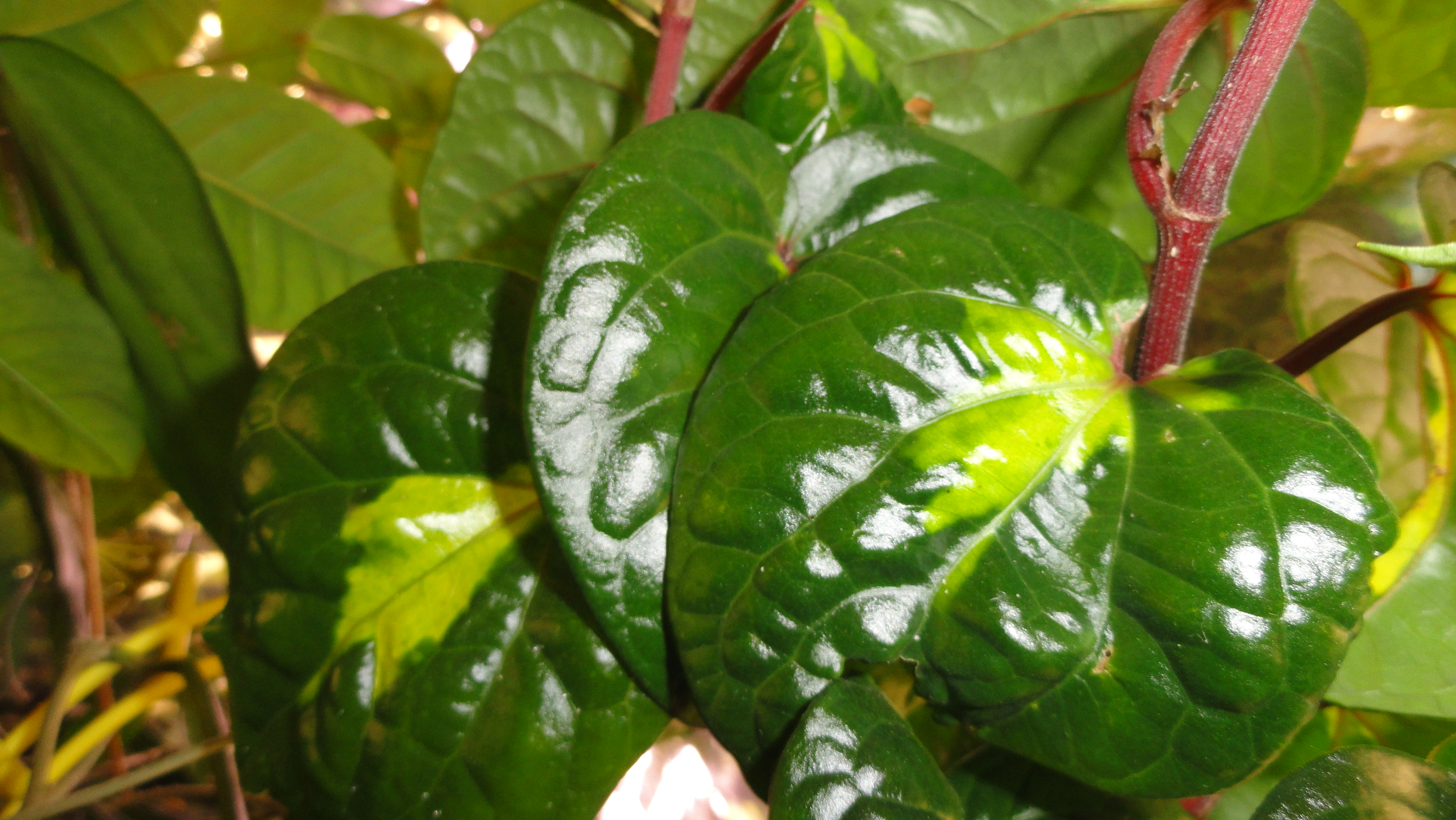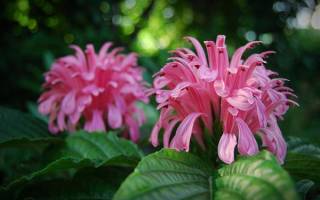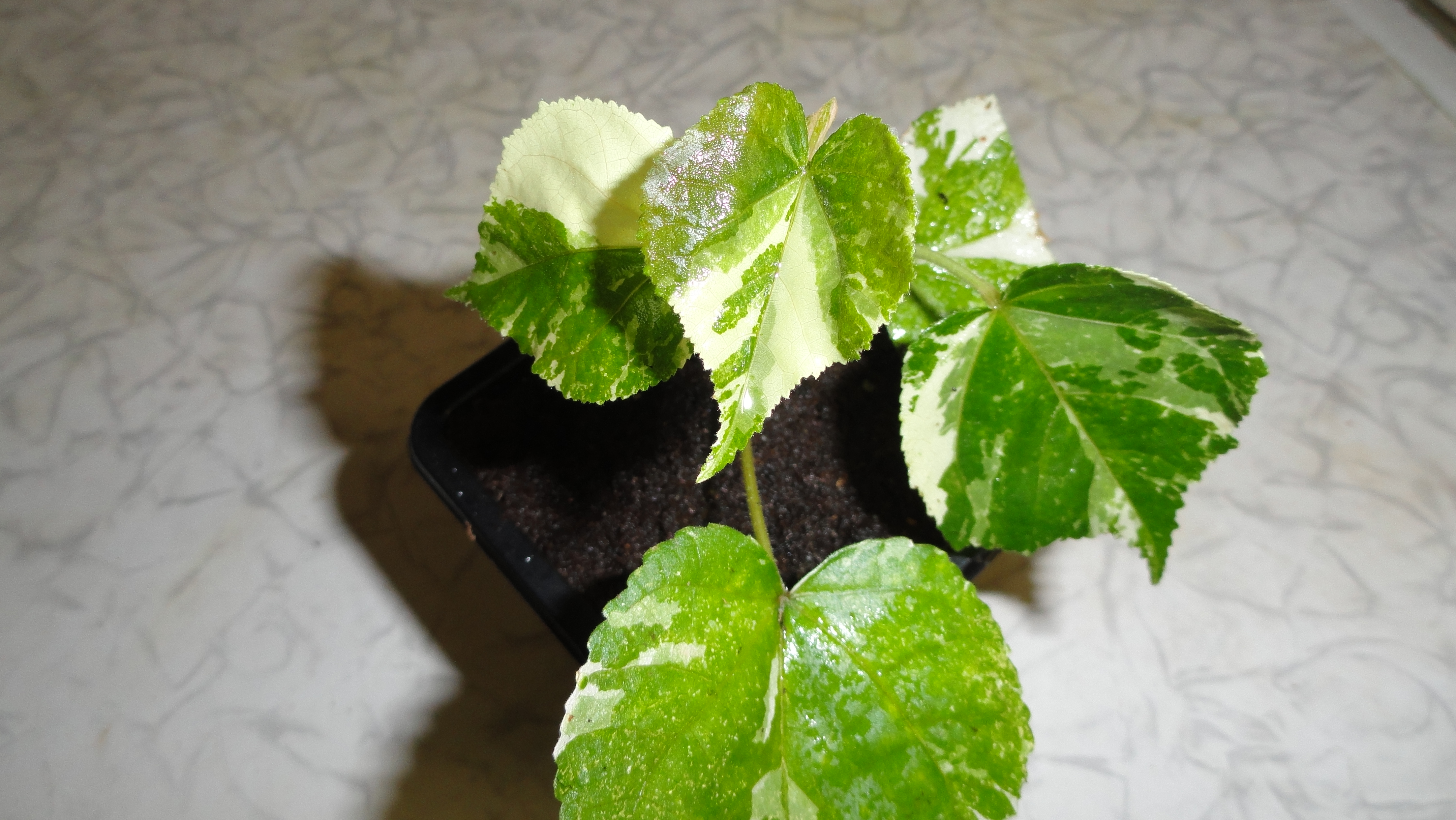Care
It is quite easy to take care of the beloperone, however, certain conditions must be provided for such a plant. He needs consistency, so he will need regular care.
Lighting
The light should be diffused, but bright enough. To create an optimal microclimate at home, it is recommended not to refuse exposure to sunlight, however, the periods of receiving it should be short.
When winter comes, you will need to take care of the presence of additional light sources in the room. It is recommended to take into account that at twelve o'clock in the afternoon, the beloperone must be protected from the light of the sun: at this time of the day it is usually too bright.
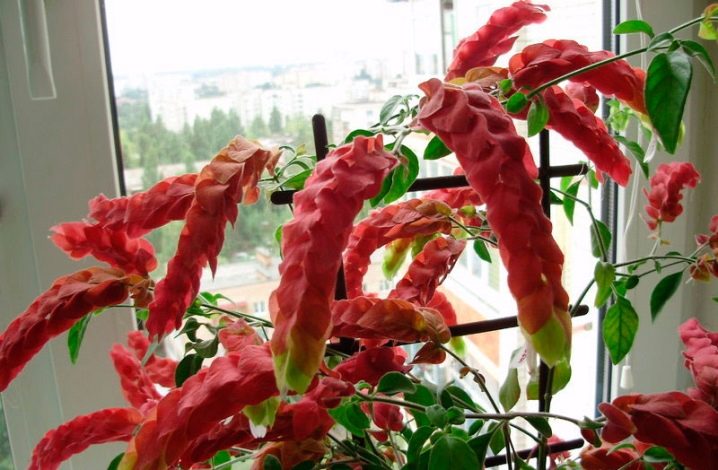
Temperature
In spring and summer, you will need to take care of creating optimal temperature conditions for the flower. The best temperature at such times of the year is about +20 degrees. In autumn and winter, it will need to be lowered to +16 or even to +12 degrees. It should not be too warm in cold seasons in the room, otherwise the plant may begin to get rid of foliage. Avoid sudden temperature changes, protect the flower from drafts.
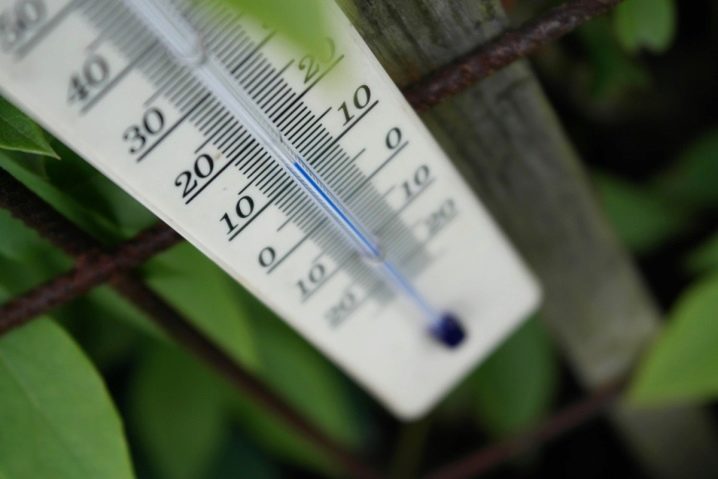
The soil
The best option for beloperone is ready-made mixtures that provide all the necessary nutrients. If you are preparing the soil with your own hands, stop the choice on a soil mixture of sand, peat, turf, leafy soil (the recommended ratio is 1: 2: 1: 2). Soils should not be alkaline, very acidic.
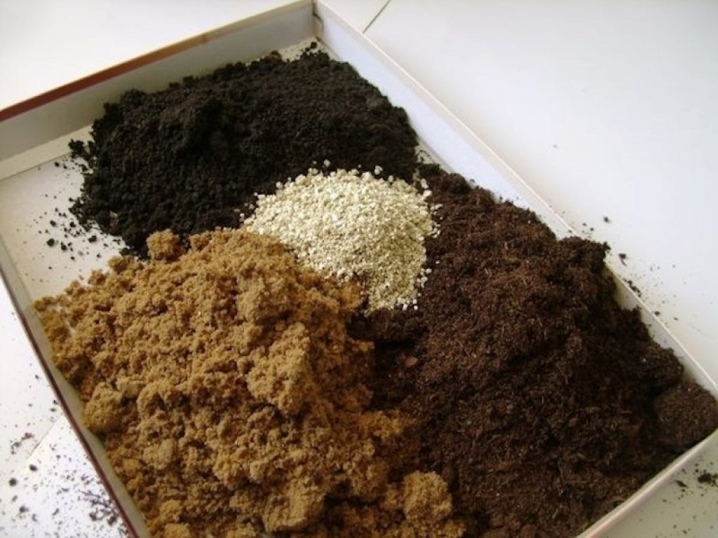
Humidity level
The flower originated in warm countries, so it will need to provide a sufficient level of humidity. Humidification can be achieved with a spray bottle. You can moisturize the flower every day, but it is better to do this no more than once a day. Do not overmoisten the white perone, otherwise a fungus will appear on the foliage and shoots.
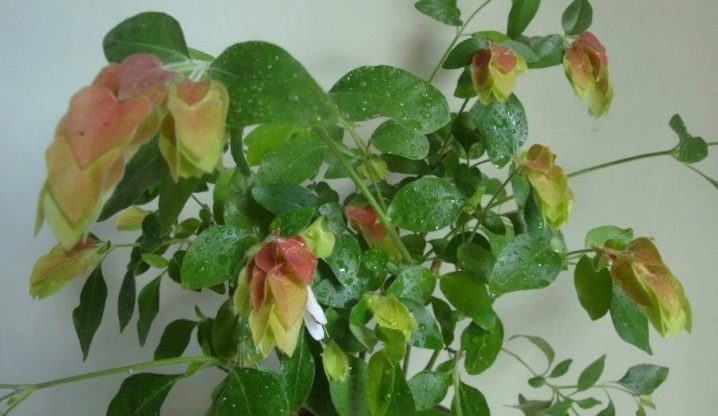
Watering
In warm seasons, watering should be quite abundant, however, you should not be too zealous. To understand that it's time to water the flower again, it will be possible on the soil: it should dry out a little. Remove excess fluid as soon as possible if you overdo it.
In winter, the plant needs to be watered less often, however, overdrying should be avoided.
Cold water should not be used for watering beloperone: its temperature should be room temperature. If you don't follow this advice, the plant can get sick or even die.
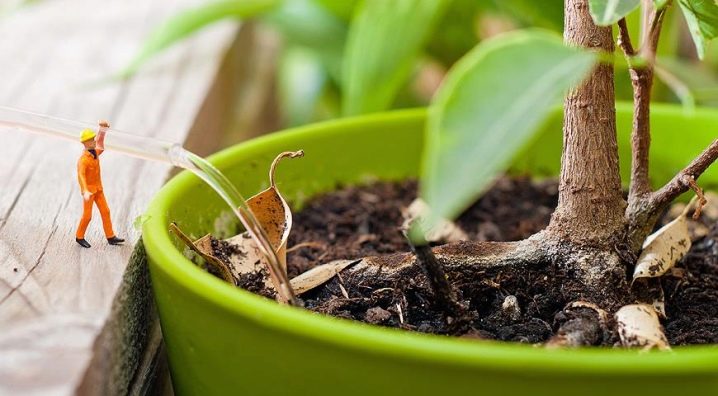
Top dressing
From March to early autumn, the plant will need to be additionally fed. Thanks to feeding, the flower will begin to bloom more abundantly, it will be beautiful and healthy. In the summer and spring seasons, beloperone should be fed twice a month, at temperatures less than 18 degrees Celsius - monthly.
You can make a suitable product yourself: prepare a high-quality mineral fertilizer, then dissolve it in water for irrigation. This fertilizer can be used to moisten the soil instead of regular water.

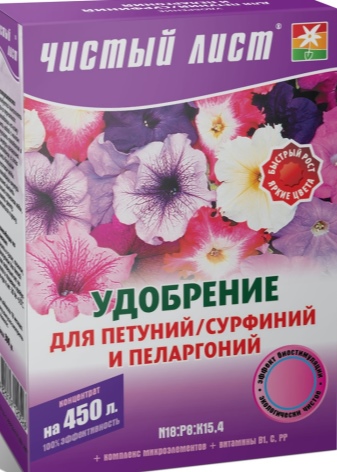
Pruning
Since the beloperone grows quickly, this flower will need to be pruned. You will have to pinch it regularly, remove unnecessary shoots. So the crown will become as aesthetic as possible, besides, new buds will appear from time to time.
In early spring, carefully remove some of the most developed shoots of the plant (about half the length). The tops should be pinched when the beloperone is actively blooming.

Pests attacking the plant
The florist will not have to fight any exotic pests "brought" by the beloperone from their historical homeland. It suffers from attacks by the most common insects and mites that feed on plant sap.
In general, the flower does not often attract their attention. Usually, to avoid infection, it is enough to carry out simple preventive measures:
- quarantine newly acquired plants for 3-4 weeks;
- inspect plants regularly and immediately isolate those showing suspicious symptoms;
- place indoor flowers and bouquets as far apart as possible, preferably in different rooms;
- ventilate the room every day and increase the air humidity by all available means;
- timely cut off the "bald" dried shoots and wilted buds, using not a knife or scissors for this, but a special pruner;
- follow the recommendations for caring for the flower, especially those related to watering and fertilizing;
- use only clean pots, disinfected soil and tools;
- Irradiate the plant with a quartz lamp weekly for 2-3 minutes.
Table: pests affecting beloperone
| Pest | Symptoms | Control measures |
| Spider mite | Thin cobwebs, intertwining petioles and shoots, vague pale green or yellowish spots on the inside of the leaf. |
Wipe the leaves with a cotton pad dipped in alcohol or any pharmacy alcohol tincture. After 15–20 minutes, give the plant a hot (40–45 ° C) shower. Water and spray the flower liberally, place in a tightly tied plastic bag for 2-3 days. If there is no effect, use acaricides - Omite, Agravertin, Neoron, Vermitic. Repeat 3-4 times with an interval of 7-12 days, changing the drugs. For prophylaxis, apply onion or garlic gruel to the leaves every 2-3 weeks. Rinse off with water after about half an hour. |
| Aphid | Black-brown or yellow-green insects, clinging to the underside of young leaves, buds and flowers, tops of shoots. |
Wash off visible pests with water or soapy water, and remove the most affected leaves and shoots. Spray the plant 3-4 times daily with infusions of any pungent-smelling herbs, tobacco crumbs, dry peel of citrus fruits, onions, and garlic. Spraying weekly is an effective preventive measure. If there is no effect, treat the flower and soil with Iskra-Bio, Inta-Vir, Fury, Aktara. Repeat 4-5 times with an interval of 5-7 days. |
| Whitefly | Small whitish moth-like butterflies. They rise into the air, one has only to touch the flower. |
In the early morning, when whiteflies are least active, vacuum up any visible pests. For 2-3 days, leave a continuously working fumigator next to the plant, hang up sticky tape for catching flies. If there is no effect, use Admiral, Mospilan, Commander, Oberon. Repeat 2-3 times with an interval of 7-10 days. |
| Mealybug | Whitish lumps, similar to cotton wool or poplar fluff, in the axils of the leaves, at the base of the shoots, a thin continuous layer of plaque of the same color on the wrong side of the leaf. |
Wipe the leaves and shoots with a soap and alcohol solution. After 1-1.5 hours, give the plant a shower. Treat the flower with Biotlin, Tanrek, Mospilan, Fitoverm. Repeat 2-3 times with an interval of 7-10 days, changing the drugs. For prophylaxis, once a week, apply spot-on preparations based on Neem tree oil on the leaves. |
| Shield | Gray-brown growths on leaves and shoots, gradually increasing in volume. The tissues surrounding them turn yellow or red, the potted substrate becomes unnaturally black. |
Apply vinegar, kerosene, machine oil, turpentine to the shells of pests. After 2-3 hours, remove the pest with a cotton pad. Wash the plant in a warm shower. Treat the flower with Metaphos, Fosbecid, Fitoverm, Aktellik. Repeat 2-3 times with an interval of 10-12 days. For prophylaxis, spray the plants with hot pepper or tobacco crumbs once a week. |
Photo gallery: what pests infecting a flower look like
A spider mite is not an insect, therefore general-action insecticides are useless, special preparations are used - acaricides
Aphids are one of the most "omnivorous" insects that infect indoor plants, white perone is also included in the scope of her attention
For some reason, the whitefly is not indifferent to the yellow color; this feature is used in the manufacture of homemade traps from cardboard smeared with something sticky
The mealybug seems to be quite harmless, but it can very well lead to the death of the plant if not dealt with.
The shield is reliably protected by a durable shell, so the use of folk remedies will not give the expected effect
Beloperone: home care
He hails from Central America, therefore he loves an abundance of heat, water and sun. It is necessary to place this plant in a well-lit place, but so that direct ultraviolet irradiation is short-lived. Ideally, windows facing east or west.
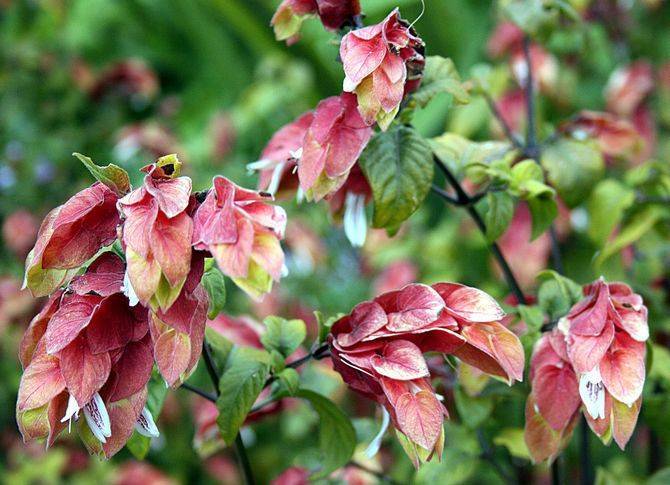
Plants under the age of three are advised to be replanted both in spring and autumn.
Beloperone needs a moderate air temperature and the same humidity. Therefore, there are no problems with the flower. The main thing is to ensure that the soil does not dry out, otherwise the plant will die. From March to mid-October, beloperone must be well watered and systematically sprayed. In addition, the flower needs weekly feeding, since flowering all year round takes a lot of his energy.
The second half of autumn and winter is a time of rest from the abundance of nutrients and moisture. If the plant lives on a too warm windowsill, where the humidity is low, it must be transferred to a tray with water and placed as far as possible from heat sources. Otherwise, the white perone will lose its wonderful foliage. The most suitable temperature for a plant in winter is around 15 ° C.
Another interesting option can be "justice" in the form of an ampelous plant. Here you need to do the opposite: a haircut is strictly prohibited! By allowing the plant to grow freely, you will enjoy the original blooming vine all year round.
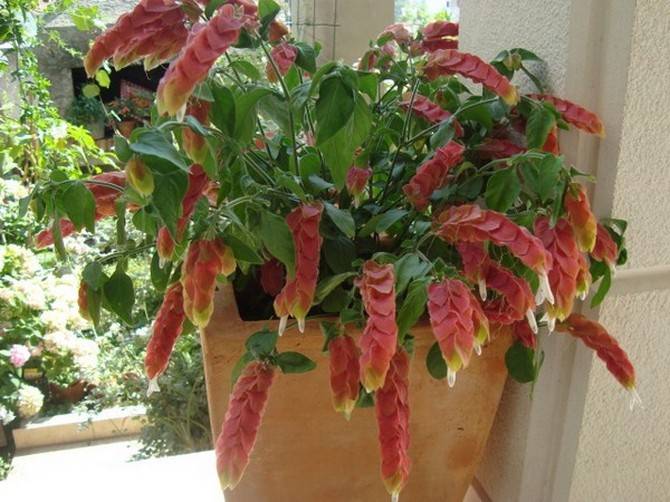
After the spring pruning of a flower, there are many cuttings with a top, and these are excellent seedlings! It is enough just to immerse the branches in water. After a few weeks, the roots are formed - and the tiny beloperone is ready for planting. From such cuttings, a flowering plant of any shape can be grown in a short period. This is despite the fact that you can cut off the branches for reproduction throughout the year. Although it is best not to break tradition and cuttings in the spring.
It is interesting
Scientifically, the flower is called Justice Brandezhi. This is one of six hundred species of shrubs from the genus Justicia. It has nothing to do with jurisprudence. And the name of the family was given by James Justice (Eustis), who first described it in the 18th century. This plant, habitat and growth conditions were studied in more detail by Townsend Brandage.
The flower earned world fame at the beginning of the twentieth century, when it began to be grown in America, and in the forties - in Europe. In addition, the famous exhibition in Hanover in 1932 contributed to the worldwide popularity of the White Perone.
Beloperone: home care and reproduction
% s Listyeva Lily
Updated: 27 August 2016

Beloperone (lat. Beloperone) belongs to the acanthus family and has about 60 species of plants growing in the tropics and subtropics of America. Some scholars believe that Beloperone is related to the genus Justicia (Justicia). The name Beloperone is a combination of two Greek words: "belos" - an arrow and "perone" - a point, apparently due to the arrow-shaped shape of the anther binder.
The beloperone plant is a shrub and semi-shrub with half-freshened shoots, either naked or slightly pubescent, the same bare or slightly pubescent leaves, ovoid or lanceolate; axillary yellow, orange, red, and sometimes pink or white flowers, sometimes single, sometimes numerous, collected in semi-umbrellas.
Grown in cool, well-lit rooms. With proper care, rapid growth and near-constant flowering can be achieved.
Temperature
The air temperature in spring and summer should be moderate - 18-20 ° C, in autumn and winter - not lower than 12 ° C, but not higher than 16 ° C, otherwise the plant can arrange leaf fall.
Watering beloperone
In the warm season, the beloperone plant in indoor conditions requires abundant, but not frequent watering - the soil must be allowed to dry out, but not overdried, and not overmoistened when watering. In the cold season, watering is necessary as only the top layer of the soil dries up, because with a stronger drying out, the plant can shed leaves and flowers.
Top dressing is carried out with a full range of fertilizers: in the spring-summer period - a couple of times a month, in the autumn-winter period - twice every three months. If beloperone is grown at temperatures above 18 ° C, then once a month.
Pruning whiteperone
Since the indoor white perone is a fast growing plant, it requires a lot of attention: it is necessary to prune and pinch the plant in order to achieve good bud formation and to keep the crown neat.
It is also necessary to remove faded inflorescences in time.
In order for the white perone flower to have a more magnificent appearance, it is cut in the spring by half the length of the branches, or even two-thirds, then it is fed with mineral fertilizers, and the cut branches are used as cuttings for propagation.
A tall-stemmed plant is formed as follows: as it grows, all the lower lateral branches are removed, and the bare trunk is attached to the support; when the tree reaches the desired height, the top is pinched off, leaving several lateral shoots nearby, which are also pinched from time to time, forming a crown.
For cuttings, young annual shoots with two leaves and up to 15 centimeters long are cut off. It is advisable to process the cuttings with growth stimulants and provide them with lower heating. The cut shoots are rooted in a wet mixture of sand and peat and covered with a glass or plastic bag.
It is necessary to maintain the temperature within 20-25 degrees, as well as daily spraying and airing. Rooting occurs after 2-3 weeks. Young plants are planted in a substrate consisting of peat, sand, leafy and humus soil, taken in a ratio of 2: 1: 2: 2. After visible signs of the beginning of growth, young beloperones begin to pinch to increase bushiness.
Peperomia: reproduction and transplant
The transplant must be carried out annually in the spring until the plant is three years old. In the spring, its growth is exacerbated, which entails an increase in growth. For transplanting, it is advisable to choose small pots to avoid improper plant development. Adult specimens should be transplanted no more than once every couple of years.
On this topic:
BACK
FORWARD
1 of 54
On this topic:
BACK
FORWARD
1 of 28
Reproduction by dividing the bush peperomia tolerates quite easily, and therefore this method is the simplest and most popular. It is recommended for novice growers to apply propagation precisely by dividing the bush so that the result meets expectations. Dividing a bush is not particularly difficult. It is enough to carefully separate the roots from each other and transplant each into a separate dish. This plant will only start to grow better, since the root system will have enough free space.
To avoid stagnation of moisture in the soil, it is recommended to try on drainage during the propagation of peperomia. When the plant is removed from the pot, it must be shaken slightly to clear the roots of the soil. After the plant has already been planted in the ground, it is advisable to keep it away from direct sunlight for about a week. This will help the root system quickly get used to new conditions without much stress. It should be noted that with this method of reproduction, the plant can be fertilized.
Seed propagation
When it comes to a plant such as peperomia, seed reproduction in indoor conditions is practically very difficult, since its seeds are microscopic in size. However, if we consider this method, then with the proper skills, seeds may well be an excellent option. They should be planted at a temperature of 24-25 ° C in an ordinary mixture without sprinkling with earth. Cookware with seeds should be stored in a dark and warm enough place. Immediately after the emergence of seedlings, they must be dived and transplanted into another pot.
Propagation by cuttings
In the spring-summer period, you can choose propagation by stem cuttings for peperomia. To do this, you need to pinch off the top of the head. To root the stalk, plant it in a mixture of peat, leafy earth and sand. It is more desirable to use a special container-greenhouse as dishes. Thanks to this, you can easily provide the plant with the necessary conditions. The optimum temperature is + 24-25 ° С. The entire process will take at least three weeks. When the cutting takes root, it can be transplanted into a small pot.
Propagation of peperomia by leaf cuttings is another common method that is simple. To do this, you need to take a leaf with a short petiole (it should have one or three nodes), then plant it in a special mixture (you can use wet, but not wet sand). Otherwise, the same steps should be repeated as with the cuttings method. It is advisable to keep the air humidity at a high level.
Plant species popular among amateur flower growers
Since the microclimate native to the beloperone is fundamentally different from the conditions of modern apartments, only a few species out of almost six dozen are grown in "captivity":
- Beloperone drip (guttata), also known as Justicia brandegeana. In nature, it is most often found in Mexico. Most popular with flower growers. Intensively branching dwarf shrub grows up to 1 m in height. Dark green leaves in the form of an almost regular ellipse, slightly tapering towards the petiole, pubescent on both sides (on the wrong side, the "pile" is thicker). Leaf length - 6-7 cm. Bracts are pastel-yellow, yellowish-pink or pale red, rarely yellow-green. Inflorescence length up to 20 cm. There are breeding hybrids (Lutea, Yellow Queen) with yellow bracts of different shades.
- Beloperone drop purple (longispica purpurea). A "selective" variety that emerged without human intervention. The height of the plant is 70–80 cm, the shoots are thin, drooping. Leaves are thin, with a sparse edge. The flowers are whitish, the bracts are reddish-purple. It blooms in nature all year round.
- Beloperone drip variegated (variegata). Breeding hybrid. It differs from the “parent” in smaller size (height - 60–70 cm), abundance of flowering and color of leaves. The leaf plate resembles a mosaic composed of pieces of glass of different shades of green - from pale salad to emerald green. With a lack of light, the drawing may disappear. The flowers are white, the bracts are dull red.
- Beloperone plumbagolistnaya or plumbaginifolia (plumbaginifolia). In nature, with the exception of Brazil, it is not found almost anywhere. At home, it is also not widespread. Plant height - about 1.5 m. Shoots are straight, lignified at the base, the shrub practically does not branch. Leaves without edging, rather dense to the touch, leathery. The flowers are red-violet or burgundy, large (5-6 cm in length). Leaves and bracts sharply sharpen at the ends.
- Beloperone purple or lilac (violacea), it is also "cancerous neck". A semi-shrub with thin, drooping shoots. Very suitable for ampel cultivation. The leaves are small (2.5–5 cm), bright green with a grayish tint, the edge is practically absent. They are located very densely due to short petioles. Bracts are pink-lilac, gradually changing color to red-orange or copper.The petals of flowers, similar to feathers, are snow-white, with small purple specks.
Photo: home-grown beloperone species
Beloperone drip occurs at home most often
Beloperone drop purple is a natural variety, very suitable for ampel cultivation
Beloperone drip variegated is appreciated not only for long flowering, but also for the interesting color of the leaves.
Beloperone Lutea is a popular breeding hybrid with pastel yellow bracts
Beloperone plumbagolistnaya branches little, grows in height to one and a half meters
In beloperone violet, it is very interesting to observe the change in the shade of the bracts.
Beloperone - plant propagation
Seeds should be planted in February - March in a substrate consisting of sand and leafy soil in a ratio of 0.25: 1. With beloperone reproduction in this way, it is necessary to maintain a constant temperature within + 20 + 22 ° C. If you use a mini-greenhouse or a greenhouse with bottom heating of the soil, the seeds germinate much faster. The resulting seedlings dive into a substrate of sand, sod and leafy soil in a ratio of 1.2: 1: 1. In young plants, it is necessary to pinch the tops to enhance bushiness.
The grafting procedure can be carried out from January to August. When cuttings are cut in January, the plant will bloom in the same year, in early summer. For propagation, ripe annual shoots 10-15 cm long, with 2 leaves are cut off. Treatment with growth stimulants (succinic acid, heteroauxin, root) paired with bottom heating will provide a significant acceleration of rooting, which must be carried out in sand or in a mixture of peat and sand in equal proportions, at a temperature of +20 + 25 ° C with daily ventilation and spraying. After rooting, the cuttings must be transplanted into a substrate of leafy, peat, humus soil and sand (1: 1: 1: 0.5), and after the start of growth, the tops of the shoots must be pinched to enhance bushiness.
Caring for beloperone at home
Lighting
Beloperone at home needs bright diffused light, although a small amount of direct sunlight early in the morning or at sunset will not harm it, only midday rays are harmful. You can keep the plant by the south or southeast window, but it will be best at the west or east windows. To make the plant bloom better in winter, you can add fluorescent lighting.
Temperature
The air temperature in spring and summer should be moderate - 18-20 ° C, in autumn and winter - not lower than 12 ° C, but not higher than 16 ° C, otherwise the plant can arrange leaf fall.
Watering beloperone
In the warm season, the beloperone plant in indoor conditions requires abundant, but not frequent watering - the soil must be allowed to dry out, but not overdried, and not overmoistened when watering. In the cold season, watering is necessary as only the top layer of the soil dries up, because with a stronger drying out, the plant can shed leaves and flowers.
Spraying beloperone
Since the indoor flower beloperone loves high humidity, you can spray the plant from time to time using this method of moisturizing and as a prophylaxis against pests. A flowerpot with a plant in a pallet with wet peat or expanded clay will be comfortable.
Top dressing beloperone
Top dressing is carried out with a full range of fertilizers: in the spring-summer period - a couple of times a month, in the autumn-winter period - twice every three months. If beloperone is grown at temperatures above 18 ° C, then once a month.
Pruning whiteperone
Since the indoor white perone is a fast growing plant, it requires a lot of attention: it is necessary to prune and pinch the plant in order to achieve good bud formation and to keep the crown neat. It is also necessary to remove faded inflorescences in time.In order for the white perone flower to have a more magnificent appearance, it is cut in the spring by half the length of the branches, or even two-thirds, then it is fed with mineral fertilizers, and the cut branches are used as cuttings for propagation.
In addition, from the cut off shoots, you can try to grow ampelous plant species or grow a stem by cutting the growing branches. A tall-stemmed plant is formed as follows: as it grows, all the lower lateral branches are removed, and the bare trunk is attached to the support; when the tree reaches the desired height, the top is pinched off, leaving several lateral shoots nearby, which are also pinched from time to time, forming a crown.
Beloperone transplant
Transplant the plant when the roots fill the entire pot. Young beloperones - annually, unless intensive growth forces you to replant the plant twice during the summer. When transplanting, try not to damage the root system. An earthen mixture is recommended with the following composition: two parts of leafy and soddy soil, one part of peat, humus and sand with the addition of bone meal.
Beloperone from seed
Seeds of homemade beloperone are sown in late winter - early spring in a substrate of leafy earth and sand. It is best to build a greenhouse with bottom heating and maintain a temperature of 20-22 ° C. Seedlings dive into a substrate of leafy and turfy soil and sand, pinching the tops to enhance growth and branching.
Propagation of beloperone by cuttings
Cuttings are made from January to August, depending on when you want to get a flowering plant. If the beloperone cuttings were rooted in August-September, then the new plant will bloom next spring, if in January, then you will see flowers at the beginning of this summer. Used annual shoots 10-15 cm long with two leaves, which are rooted in a mixture of peat and sand and covered with a glass cover. Lower heating and treatment of cuttings with growth stimulants accelerate rooting. At a temperature of 20-25 ° C, constant spraying and airing, after 2-3 weeks, roots are formed, and the cuttings are transplanted into a substrate of leafy, humus and peat soil in equal proportions with the addition of a small amount of sand, and when the plants take root and begin to grow, the tops better to pinch.
The most popular plant species with photos
Like most indoor flowers, beloperone has several varieties:
- Beloperone drip. Comes from Mexico. This is a highly branching shrub. Shoots up to 80 cm. Inflorescences are cone-shaped. Bracts are yellow or red, flowers are white. Two varieties are grown in the rooms - drop purple and drop variegated. Purple white perone has drooping shoots up to 80 cm, with red bracts and white flowers. The second variety has leaves that resemble a mosaic. If there is not enough light, the pattern may disappear.
- Beloperone plumbagolistnaya (another name is lead-leaved). It is very rare in nature; it is also difficult to find it at home. Size - up to 1.5 in height. It branches weakly, erect shoots, lanceolate leaves without pubescence. The flowers are spike-shaped, purple.
- Beloperone violet (the second name is "cancerous neck"). It has thin drooping shoots. The leaves are small, without pubescence. Bracts are pinkish-lilac, changing color to a darker orange. The petals are white.

In the photo beloperone drip


